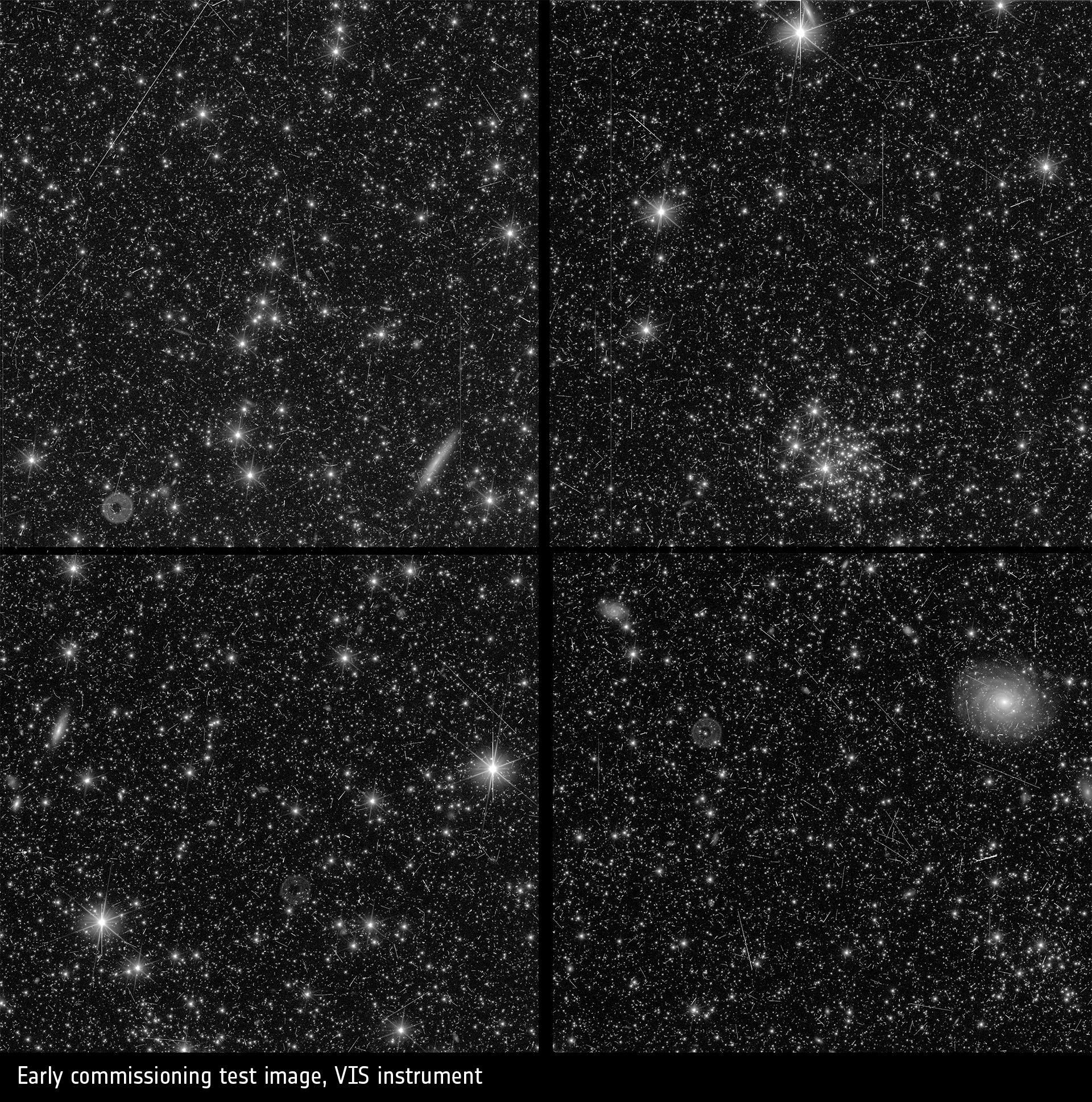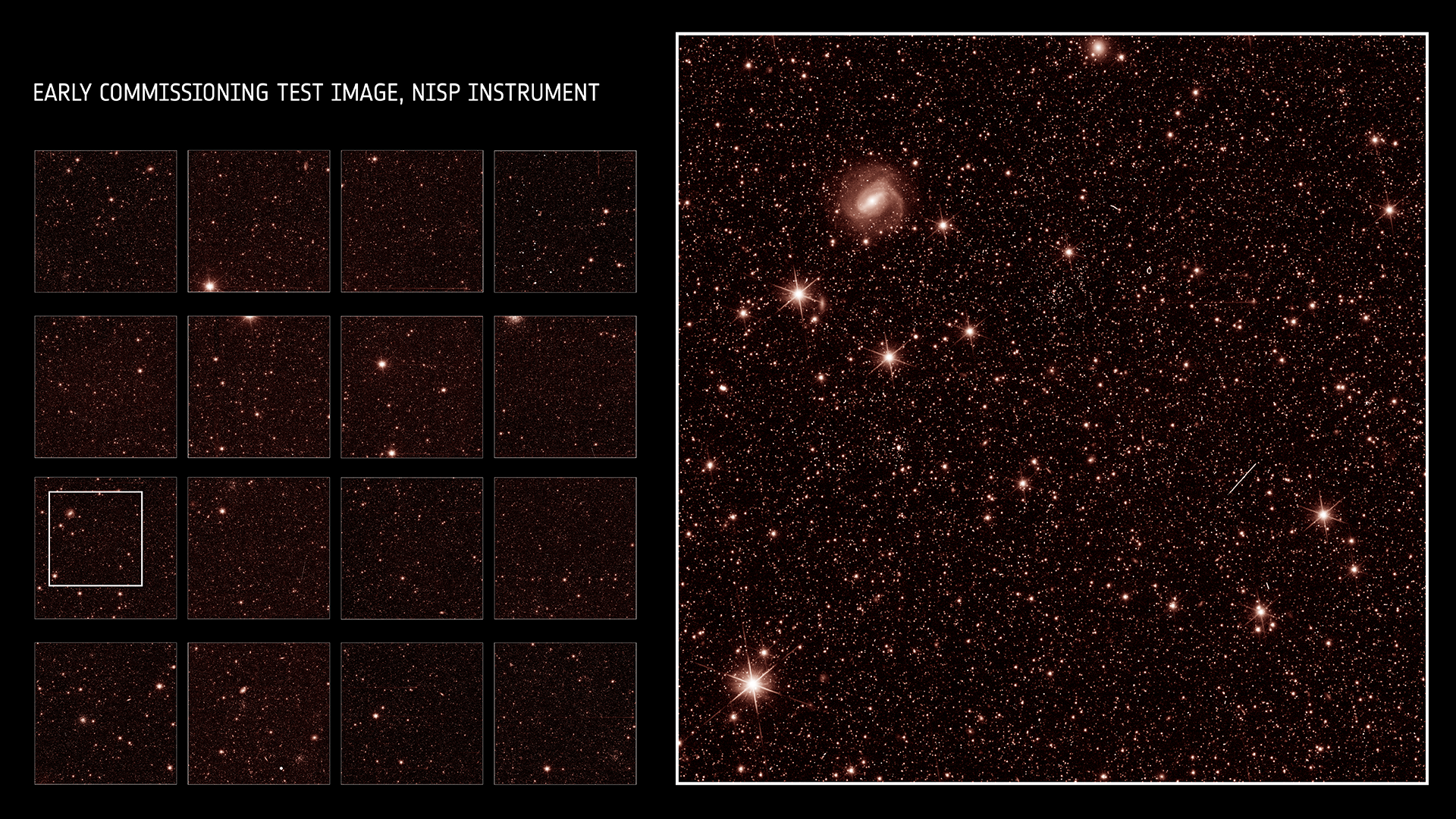Our best understanding of the universe tells us that we are only familiar with about 5 percent of everything that there is in the cosmos. That’s the matter and energy that makes us. The remaining 95 percent is invisible to us and yet to be proven experimentally. We call them dark matter and dark energy.
To understand this dark universe, the European Space Agency (ESA) launched a new telescope called Euclid one month ago. Its mission is to create the biggest ever three-dimensional map of the cosmos. This will allow us to constrain the properties of dark matter and dark energy. Now, the first test images have been taken ahead of the science mission beginning in a few months.
“After more than 11 years of designing and developing Euclid, it’s exhilarating and enormously emotional to see these first images,” Euclid project manager Giuseppe Racca said in a statement. “It’s even more incredible when we think that we see just a few galaxies here, produced with minimum system tuning. The fully calibrated Euclid will ultimately observe billions of galaxies to create the biggest ever 3D map of the sky.”
Euclid’s Visible instrument, also known as VIS, will take super sharp images of galaxies in visible light. That’s where half of the incredible map will come from. The other half will be from the Near-Infrared Spectrometer and Photometer (NISP), which can image galaxies in infrared as well as as being able to work out how far away these objects really are.

Some of the VIS test images. The streaks in the images are cosmic rays.
“Our teams have worked tirelessly since the launch of Euclid on 1 July and these first engineering images give a tantalising glimpse of the remarkable data we can expect from Euclid,” Carole Mundell, ESA’s Director of Science stated.
The two instruments together will allow scientists to work out how galaxies are distributed across the universe and how that distribution has changed over time. This depends on the properties of both dark energy and dark matter.

The sheer amount of galaxies in each of these images is just enormous.
“We’ve seen simulated images, we’ve seen laboratory test images – it’s still hard for me to grasp these images are now the real Universe. So detailed, just amazing,” added NISP instrument scientist Knud Jahnke.
The images are quite brilliant but are yet to reveal the full potential of the telescope. The team is now working on further tweaking and refining both VIS and NISP. The images have also not been processed to look their best – you can see cosmic ray strikes in the VIS images for example. The best is definitely yet to come.
Source Link: European Dark Universe Hunter Sends Back Stunning First Pictures Of The Cosmos